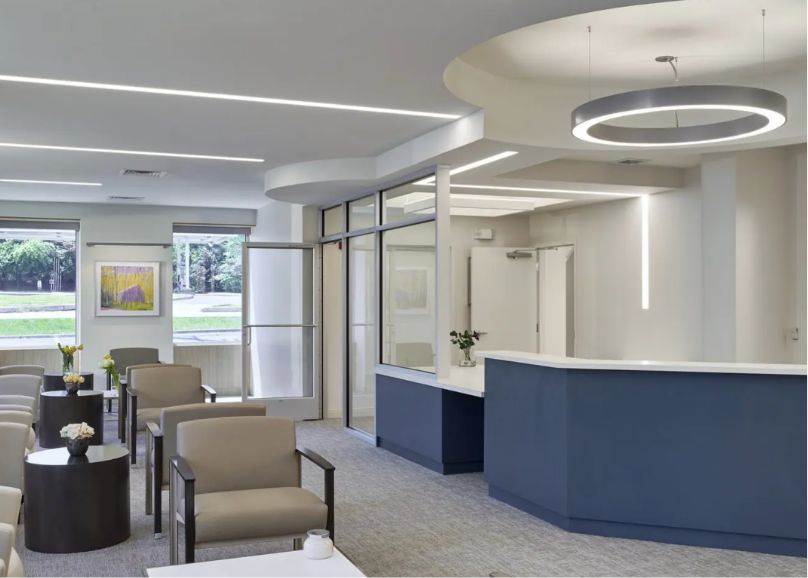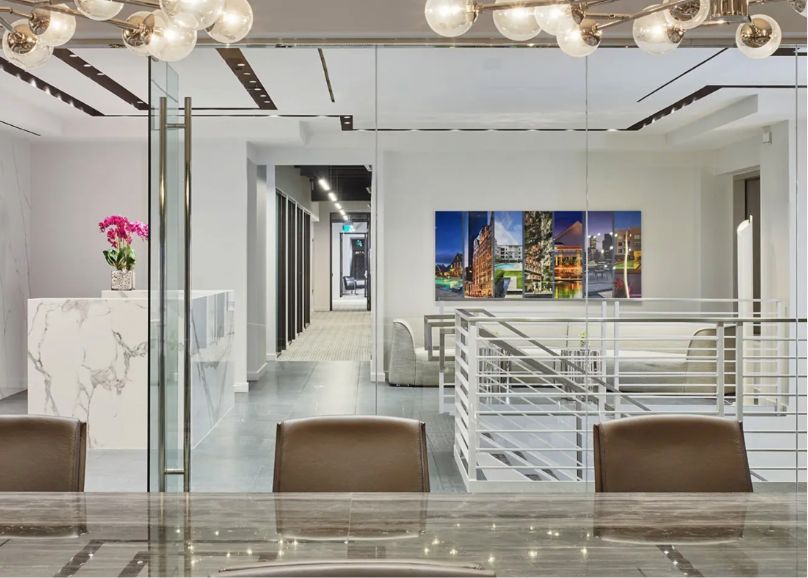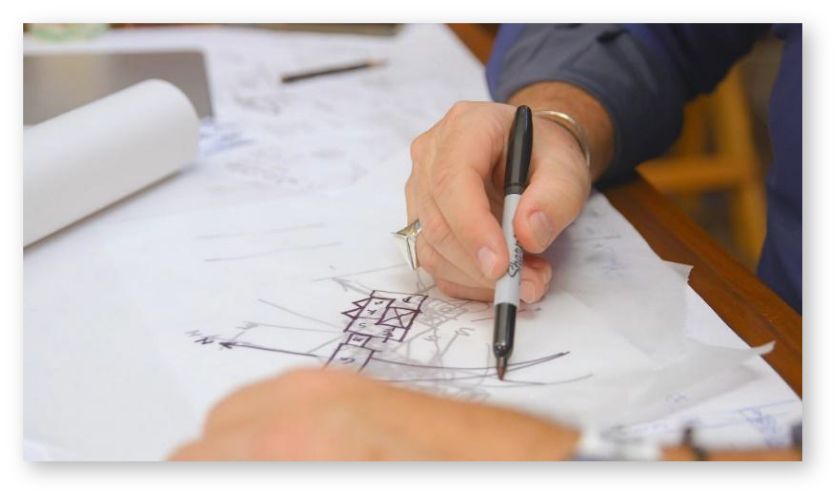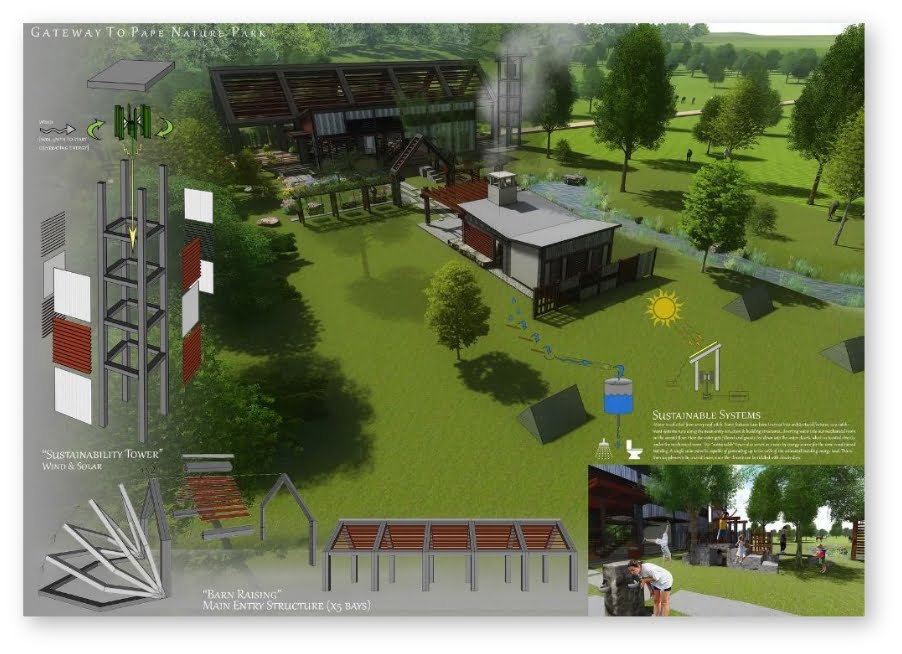SUSTAINABLE DESIGN & HEALTHY WORKPLACE DESIGN
Homes and commercial buildings are, collectively, one of the largest energy consuming sectors. At OMNIA, we acknowledge that the choices we make in regards to a project - such as the building's orientation, material choices, and daily operations - can significantly impact its energy footprint.

We can minimize the environmental impact of buildings by controlling various factors. These include understanding a product's embedded energy and life cycle, managing heat gain and loss, utilizing intelligent equipment controls, and choosing efficient systems and energy sources, with an emphasis on renewable options. To achieve a sustainable design, OMNIA considers how to navigate the standing norm forbuilding design, limited knowledge, outdatedcodes, and budget.


- Based on the scope of the project and client’s interest and understanding of the implications of sustainable design, we layer in the benefits and liabilities of various levels of implementation. During site planning, we review sun orientation and the potential for geothermal & solar energy. We review building systems to determine insulation envelope alternatives and window product energy values. And we discuss further options that will affect design like sun shading, window location, landscaping, dark sky, and lighting selection and controls.

- Armed with a shared understanding of the costs and benefits of various Sustainable or Green Building Design options, we will incorporate the features into the early design. OMNIA will take your specific preferences and implement sustainable building processes. Whether it be navigating space layouts, building orientations, insulation optimization, we will evaluate each step of the design for its environmental footprint.

- While much of sustainable design must be planned and implemented early in the process, some things, like window shades, smart home programming, comfort and humidity management and more can be handled during the Interior Design phase or during Construction.
- Of Note – Partner Brian Mann’s writing on Healthy Workplace Design has been published in several textbooks. Here’s an excerpt:
-
It might seem fundamental to think that a healthy, comfortable worker would be a productive worker, and it follows that health and comfort would be dependent on the design of the workplace. Despite this logic, the healthy workplace is a complex concept that is difficult to quantify & involves seemingly conflicting ideals - the profit motive of management versus the cost of providing worker comforts. Nonetheless, owners and managers at many levels in businesses small to large are
increasingly aware of the benefits to the bottom line that accrue from thoughtfully designed
workplaces that are sensitive to workers’ physical and emotional wellbeing.
